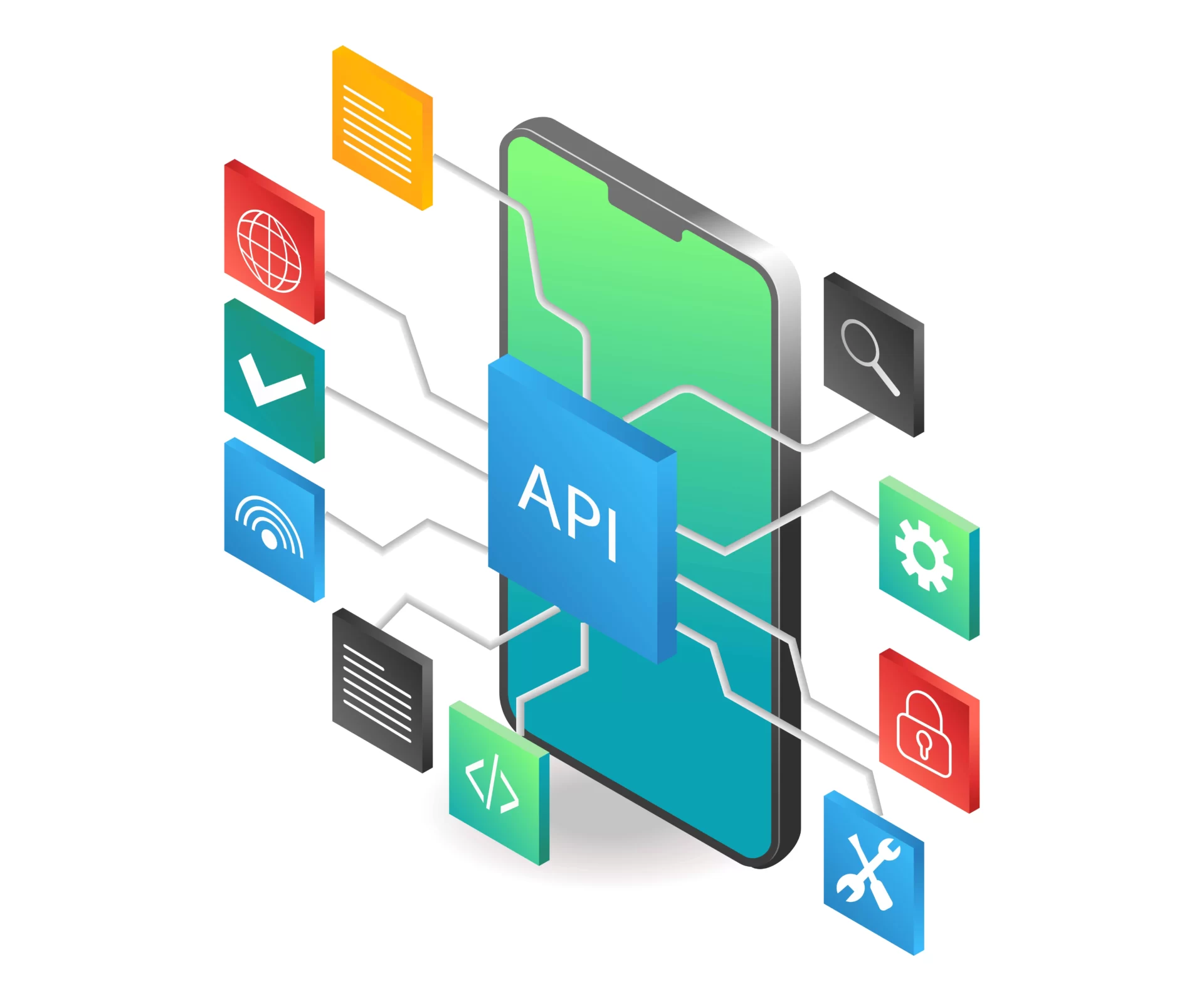In the realm of technology, APIs, or Application Programming Interfaces, have become a cornerstone. They play a pivotal role in our everyday technology, acting as the unsung heroes behind the seamless functionality of various applications. This blog post aims to provide a comprehensive guide to mastering API development, focusing on its importance, understanding its types, the tools used for development, key terms, best practices, and a glimpse into the future of API development.
I. Introduction
Importance of API Development
API development has gained significant importance in the modern tech landscape. APIs serve as the building blocks of software applications, enabling different software systems to interact and share data. They have become the backbone of many services we use daily, from social media platforms to banking apps. APIs allow for the integration of different services, creating a more cohesive and efficient user experience.
Role of APIs in Everyday Technology
Everyday technology heavily relies on APIs. They are the invisible threads that connect various software applications, allowing them to communicate and function together. Whether it’s booking a ride on Uber, posting a tweet on Twitter, or checking the weather on your phone, APIs are at work behind the scenes, making these interactions possible.
II. Understanding APIs
Definition and Function of APIs
An API, or Application Programming Interface, is a set of rules and protocols for building and interacting with software applications. APIs define the methods and data formats that a program can use to communicate with other software. They are a crucial aspect of application development, enabling software to interact without user intervention.
Types of APIs
There are several types of APIs, each with its unique use cases and advantages. These include Open APIs, Internal APIs, Partner APIs, and Composite APIs.
Open API or Public API
Open APIs, also known as Public APIs, are publicly available for use by other developers. They provide services and data that can be used to develop third-party applications. Examples include the Twitter API, which allows developers to access and interact with Twitter data, and the Google Maps API, which enables the integration of Google Maps services into other applications.
Internal APIs or Private APIs
Internal APIs, or Private APIs, are used within a company to improve its services and operations. These APIs are not exposed to external users but are used to streamline processes and enhance productivity within the organization.
Partner APIs
Partner APIs are shared with specific business partners. They allow for secure data exchange between systems and are often used to integrate services between businesses.
Composite APIs
Composite APIs allow developers to access several endpoints in one call. They are used to improve the performance of web applications and provide a more efficient way to retrieve and manipulate data.
III. Tools for API Development
Several tools can aid in API development, making the process more efficient and manageable. These include Apigee, APImatic, Postman, Swagger, and Insomnia.
Apigee
Apigee, a product of Google Cloud, is a full lifecycle API management platform that enables API providers to design, secure, deploy, monitor, and analyze APIs.
APImatic
APImatic is a developer experience platform that provides automatic SDK generation, API transformation, and even creates comprehensive developer experience portals. It simplifies the process of creating SDKs for your API, making it easier for other developers to use.
Postman
Postman is a popular API client that makes it easy for developers to create, share, test, and document APIs. It provides a user-friendly interface for making HTTP requests and reading responses, and also includes many features for testing and automation.
Swagger
Swagger is an open-source tool that helps developers design, build, document, and consume RESTful web services. It provides a range of tools for designing APIs and improving the developer experience.
Insomnia: A Collaborative API Design Tool
Insomnia is a powerful REST API Client with cookie management, environment variables, code generation, and authentication for Mac, Window, and Linux. It’s a tool that provides a broad array of collaborative features for teams to create and manage APIs.
IV. Key Terms in API Development
Understanding the key terms in API development is crucial to mastering the art of designing and integrating APIs. These terms include API Key, Endpoint, JSON, GET, POST, OAuth, REST, SOAP, Latency, and Rate-limiting.
API Key
An API Key is a unique identifier used to authenticate a user, developer, or calling program to an API. It is used to monitor and control how the API is being used, for example, to prevent malicious use or abuse of the API.
Endpoint
In the context of APIs, an Endpoint refers to a specific URL where an API can be accessed. It’s essentially a specific URL where a request is directed, and it signifies the entry point in a service.
JSON
JSON, or JavaScript Object Notation, is a lightweight data-interchange format that is easy for humans to read and write and easy for machines to parse and generate. It’s often used for asynchronous browser/server communication as it is quickly becoming the defacto standard for that.
GET, POST
GET and POST are two different types of HTTP requests. GET is used to request data from a specified resource, while POST is used to send data to a server to create/update a resource.
OAuth
OAuth (Open Authorization) is an open standard for access delegation. It’s a protocol that allows an application to authenticate against a server as a user, without requiring passwords or any third party server that acts as an identity provider.
REST, SOAP
REST (Representational State Transfer) and SOAP (Simple Object Access Protocol) are two different web service communication methods. REST is a stateless architecture that runs over HTTP and uses various HTTP methods like GET, POST, DELETE, PUT for CRUD (Create, Read, Update, Delete) operations. SOAP, on the other hand, is a protocol, and it defines some standards that need to be strictly followed.
Latency
Latency refers to the time it takes for a request to travel from the sender to the receiver and for the receiver to process that request. In API terms, it’s the time between when a client sends a request to an API and when the client receives a response. High latency can lead to a slow and frustrating user experience.
Rate-limiting, API Throttling
Rate limiting is a technique for controlling the user’s rate of requests to an API to prevent overuse and maintain the quality of the service. API throttling is a form of rate limiting where the number of API calls an app or a user can make within a specified time period is limited. This is crucial to prevent abuse, ensure fair usage, and protect the API server from being overwhelmed.
V. Best Practices for API Development
Mastering API development involves more than just understanding the tools and terminology. It also requires following best practices to ensure that your APIs are reliable, efficient, and easy to use. These best practices include using error status codes, rate limiting, supporting X-HTTP-METHOD-Override, debugging APIs efficiently, and automating API testing.
Using Error Status Code
Using appropriate HTTP status codes for errors helps the client understand what went wrong with their request. It’s a best practice to use standard HTTP status codes and to return a meaningful message along with the status code to help the client understand the error.
Rate Limiting
As mentioned earlier, rate limiting is crucial to prevent abuse and ensure fair usage. It’s a best practice to implement rate limiting on your APIs and to communicate the rate limits clearly to your users. This can be done through HTTP headers or in the API documentation.
Supporting X-HTTP-METHOD-Override
Some clients can’t send certain types of HTTP requests, like PUT or DELETE. By supporting X-HTTP-METHOD-Override, you allow these clients to send these requests as a POST request and include the actual method they want to use in the X-HTTP-METHOD-Override header.
Debugging APIs Efficiently
Debugging is an essential part of API development. Efficient debugging involves using tools like Postman or Insomnia to test your APIs, using logging to track what’s happening in your API, and using error tracking software to catch and diagnose errors.
Automating API Testing
Automating API testing is a best practice that can save you a lot of time and help you catch errors before they reach production. Automated tests can be run every time you make changes to your API to ensure that everything still works as expected.

VI. Conclusion
The future of API development is bright, with new tools and practices emerging all the time. As we continue to rely more and more on APIs in our everyday technology, mastering API development will become an increasingly important skill. By understanding the tools, terminology, and best practices of API development, you can create APIs that are reliable, efficient, and easy to use.
References
1. “Understanding Policy and Technical Aspects of AI-enabled Smart Video Surveillance to Address Public Safety” – Link
2. “A comprehensive guide to API testing with Postman” – Link

